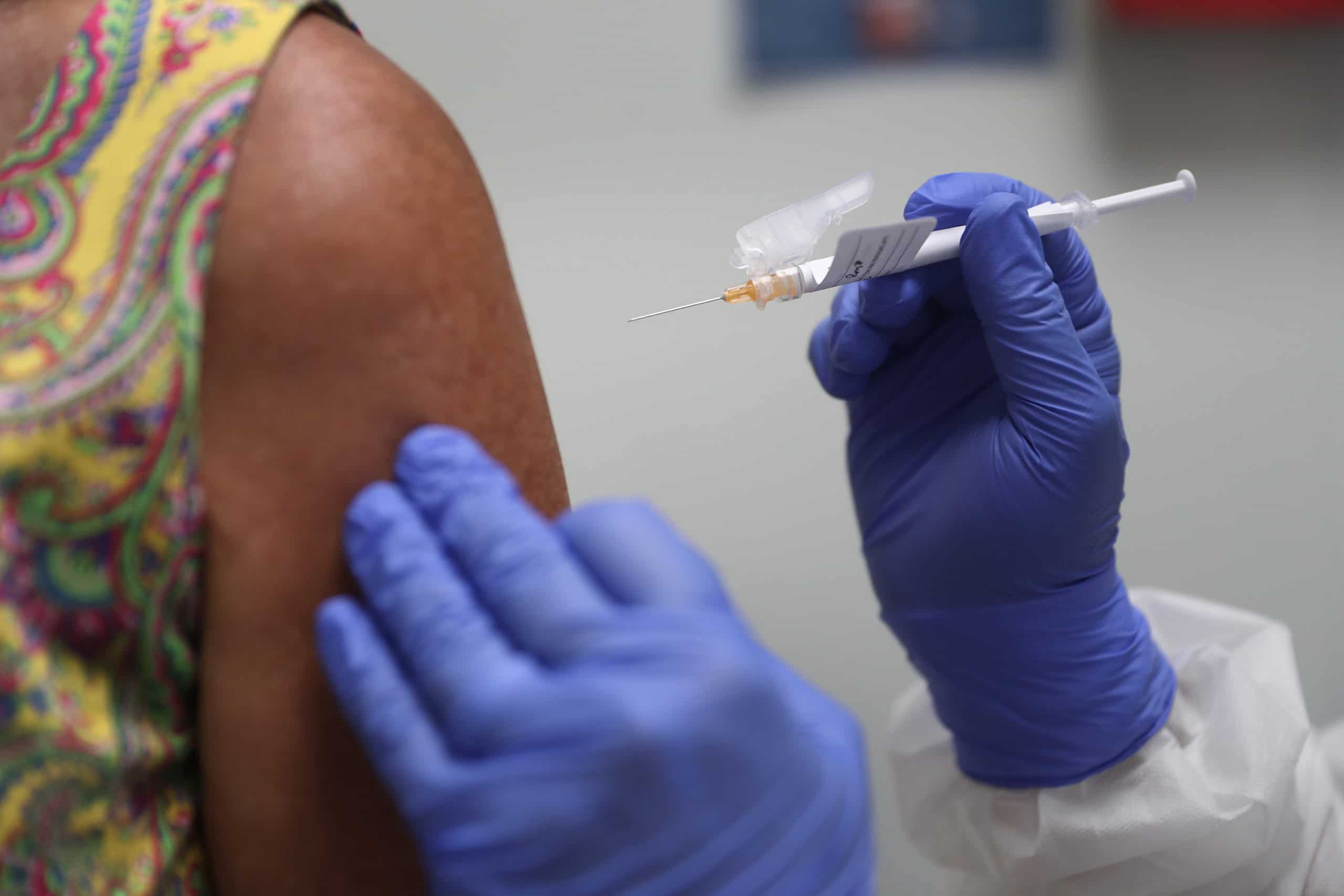This story is part of the ‘All You Need To Know About The Vaccine‘ piece.
Preclinical Phase
This phase within a study is most intensive and can often require the most amount of time and extensive research into possible cellular reactions between the intervention being investigated and the body’s immune response. This phase is often tested thoroughly with the use of animal test subjects before proceeding to Phase I.
Phase I
This initial phase is conducted on a relatively small number of participants (six-10). It allows scientists to closely study and examine any effects or interactions that the intervention being investigated has in human participants. This phase is used to determine the safety and tolerability elements that an intervention may have in treating human participants. Participants are closely watched for the possible occurrence and severity of any side-effects that may occur.
Loading...
Phase II
The size of the participant pool could vary greatly here
as the size is dependent on the type of illness being investigated (typically between 20-300 participants). In this phase, the dosage is often experimented with. This is done to successfully determine the dosage required for the intervention to be most effective and safe to administer. Different dosages of the intervention could produce different results. As such, multiple simulations of Phase II may occur for a single intervention, being tested within numerous populations of interest.
Phase III
As with Phase II, the sample increases substantially (300-3,000 participants). These large numbers are used
to confirm the level of safety and efficacy of the medical intervention. This phase also allows for a significant comparison between the drug being tested and other similar interventions on the market. It can also be used to test the efficacy of the intervention when used as part of a treatment plan and it tests the interactions it has with other medical interventions within the treatment plan. Finally, this phase allows for the prescribed dosage to be finalized.
Phase IV
The last and final phase occurs after regulatory approval has been granted. This phase looks at the long-term administration of the medical intervention and possible side-effects that could occur as a result of prolonged use of the intervention. This phase tests the overall efficacy and safety of the intervention within larger groups and sub-groups within a population. By this phase, the occurrence of any serious medical events has been resolved and the intervention becomes available as a viable treatment option within the sub-area of the medical market. Regulatory bodies keep a close eye on the intervention as it continues to monitor the administration of the intervention to the general public. Doing this ensures that any medical intervention currently in the public domain or in the clinical trial phase is entirely safe for human use.
Further Reading
PLEASE NOTE: More stories regarding the Covid-19 vaccine will be published. However, if you would like to read the full Focus piece by Simone Sribrath, click here to download the digital copy of FORBES AFRICA.
All You Need To Know About The Vaccine (Forbes Africa)
Loading...
